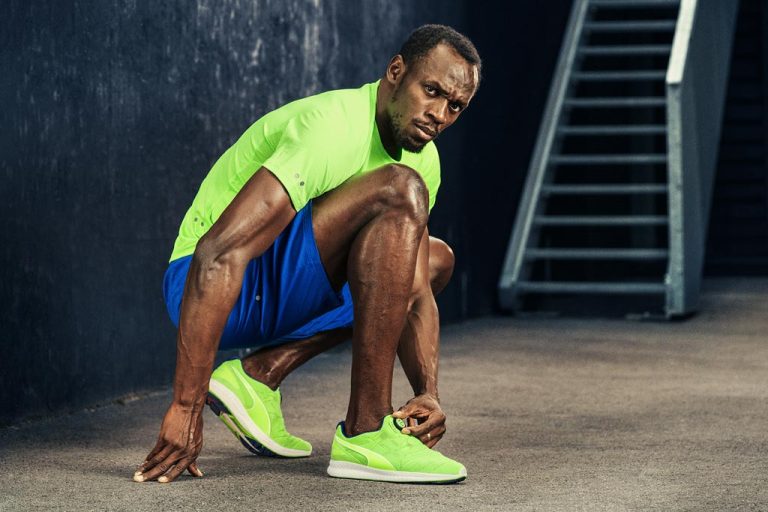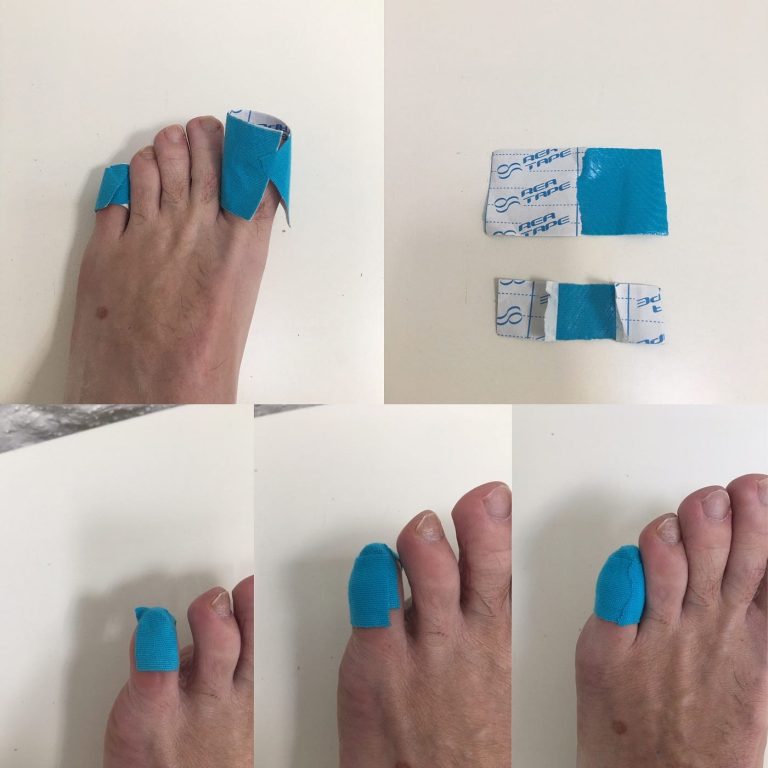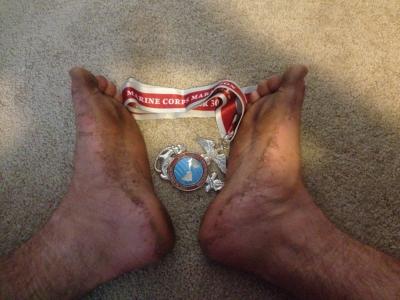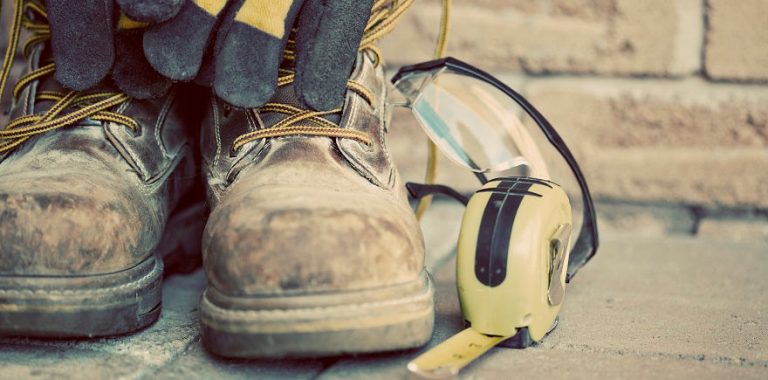Which Sole is Better for Jogging?
The running shoe with a cushioned sole is better for jogging due to its shock absorption capabilities and impact reduction. When running, it is essential to have proper support and protection for your feet, and a cushioned sole provides that necessary comfort.
Not only does it help minimize the risk of injuries, but it also enhances your overall running experience. With a cushioned sole, each step becomes smoother and softer, allowing you to focus on your jog without discomfort. So, when choosing footwear for jogging, prioritize a shoe with a cushioned sole to ensure a comfortable and safe running experience.
1. Cushioning Versus Minimalism
When deciding between cushioning and minimalism for jogging, consider your preference for support or a low-profile feel. Cushioned soles offer impact absorption, while minimal ones provide a more natural running experience. Choose based on your individual comfort and running style.
Cushioning and minimalism are the two main approaches when it comes to choosing the right sole for jogging. Both have their own unique benefits to consider.
1.1 Benefits of Cushioning
Cushioned soles provide excellent shock absorption, reducing the impact on your feet and joints while jogging. They offer enhanced comfort and support, especially for runners with conditions like plantar fasciitis or weak arches. The cushioning design also helps to improve stability and prevent injuries.
1.2 Benefits of Minimalism
Minimalistic soles promote a more natural running style by providing a closer barefoot-like experience. They encourage better foot mechanics, strengthening the lower leg muscles and enhancing balance. Minimalist shoes are lightweight and flexible, offering a greater sense of freedom and allowing your feet to move more naturally.
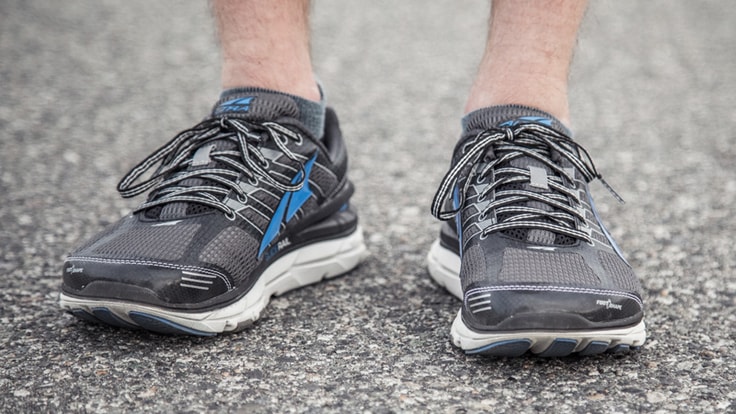
Credit: www.rei.com
2. Impact Absorption
When it comes to choosing the right sole for jogging, impact absorption is crucial. Look for soles with ample cushioning and support to reduce the impact on your joints and prevent injury. A well-cushioned sole, such as those with gel or air pockets, is better for absorbing the shock of each stride while jogging.
| Cushioned Soles | Minimalist Soles |
| Provide excellent shock absorption | Encourage a more natural foot strike |
| Help reduce impact on joints | Can improve foot and ankle strength |
| Offer enhanced comfort during long runs | Allow for better proprioception and balance |
3. Stability And Support
Cushioned soles for stability: A shoe with cushioned soles provides impact absorption and support for the foot, reducing the risk of injuries. The soft material of cushioned soles helps to distribute pressure evenly and enhances stability during jogging.
Minimalist soles for foot strength: Minimalist soles promote natural foot movement and help in developing foot strength and flexibility. These lightweight soles encourage a more natural running style, allowing the foot to move freely and strengthening the muscles.

Credit: m.youtube.com
4. Durability
When choosing a sole for jogging, consider the longevity of cushioned soles. These soles provide ample support and shock-absorption, reducing the stress on your joints and muscles, thereby enhancing long-term performance.
On the other hand, durability of minimalist soles entices many runners due to their lightweight and natural feel. These soles promote a more natural running style and can improve lower body strength over time.
5. Terrain Adaptability
When choosing a sole for jogging, consider terrain adaptability as a crucial factor. Cushioned soles offer comfort and support on various surfaces. Minimalist soles provide enhanced ground feel for a more natural running experience.
6. Personal Preference And Individual Needs
Personal preference and individual needs are significant factors to consider when choosing the right sole for jogging. Each person has their unique preferences, which can vary in terms of comfort, cushioning, and support. Assessing specific requirements is essential to ensure that the jogging shoes meet certain needs, such as stability for overpronation or flexibility for underpronation.
When it comes to personal preference, some individuals may prefer a cushioned sole to provide extra comfort during long-distance jogging, while others may prefer a minimalist sole for a closer-to-ground feel. It is important to choose a sole that aligns with individual preferences and promotes an enjoyable jogging experience.
Assessing specific requirements involves considering factors such as arch type, foot strike pattern, and any specific foot conditions or injuries. Identifying these needs will help select the right sole that offers the necessary support and protection during jogging.

Credit: www.nytimes.com
Frequently Asked Questions Of Which Sole Is Better For Jogging?
Which Type Of Sole Is Best For Running?
Running shoes with cushioned soles are best for running, providing impact absorption and support. Look for soles with good traction and flexibility to enhance performance and reduce the risk of injury.
Is A Hard Or Soft Sole Better For Running?
Hard soles provide more stability, while soft soles offer greater cushioning, making it a personal preference for runners.
What Soles Should Running Shoes Have?
Running shoes should have soles that provide good cushioning, support, and traction. They should be made of durable materials that can withstand impact and provide shock absorption. Additionally, the soles should be flexible to allow for natural foot movement and have good grip for different terrains.
Conclusion
Ultimately, the choice between different soles for jogging boils down to personal preference. Whether you opt for cushioned or minimalistic soles, prioritize comfort and support. Experiment with various types to find what works best for you. Remember, a suitable sole can enhance your jogging experience and prevent injuries.



